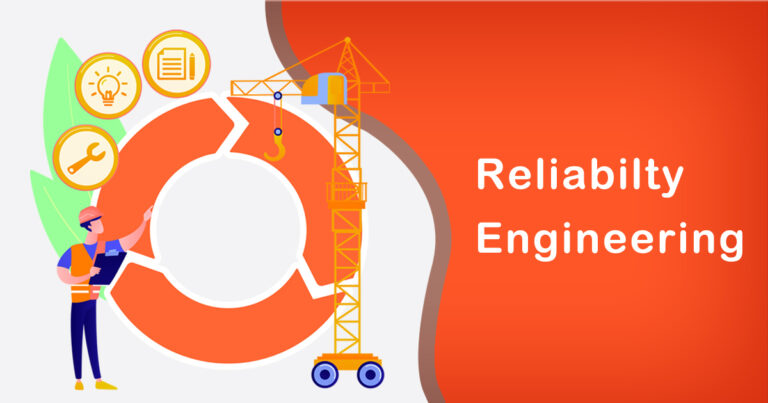Introduction
In the ever-evolving landscape of business operations, particularly in a complex market like India, the importance of structured communication protocols cannot be overstated. Among these, the escalation matrix stands out as a critical tool, designed to ensure that urgent issues are addressed promptly and efficiently. This blog delves deep into the concept of what is escalation matrix, exploring its importance, structure, and applications within the Indian context.
Understanding the Escalation Matrix
An escalation matrix is a framework used in business to manage and resolve issues by escalating them through higher levels of authority. This tool outlines specific procedures and timelines for escalating issues, ensuring that they are addressed by the appropriate personnel with the necessary urgency. In essence, it is a predefined route map that describes who must be contacted, in what sequence, and within what timeframe, when specific problems or incidents occur.
Importance in the Indian Business Ecosystem
India’s business environment is marked by its diversity in scale, operations, and regulatory frameworks, which can often lead to complex challenges. An escalation matrix is particularly beneficial in this context as it helps organizations:
Enhance Responsiveness:
By defining clear escalation paths, companies can respond more swiftly and effectively to issues, reducing downtime and improving customer satisfaction.
Improve Accountability:
An escalation matrix assigns responsibility to specific roles, making individuals accountable for resolving issues. This is crucial in a culture where hierarchical and bureaucratic challenges can sometimes obscure accountability.
Streamline Processes:
It aids in standardizing responses to common problems, which is essential for maintaining consistency in service delivery across various regions and departments.
Ensure Compliance:
Many Indian industries are heavily regulated. An escalation matrix helps ensure that regulatory issues are escalated to the appropriate level of authority, aiding compliance with legal and corporate standards.
Components of an Escalation Matrix
An effective escalation matrix in an Indian business context typically includes the following components:
Identification of Issues:
Clear categorization of what constitutes an issue that needs escalation, ranging from customer complaints to operational failures.
Levels of Escalation:
Typically, there are multiple levels of escalation, often three or four. Each level corresponds to increasing seniority and expertise within the organization.
Communication Channels:
Outlines the modes of communication to be used (e.g., email, phone, SMS) and the circumstances under which these should be employed.
Response Times:
Defines the maximum response time allowed for each escalation level, ensuring timely action.
Roles and Responsibilities:
Details the responsibilities of individuals at each level, aligning with their authority and expertise.
Implementing an Escalation Matrix
The implementation of an escalation matrix involves several steps, which require careful planning and consideration:
Define and Categorize Issues:
Organizations must first define what kinds of issues require escalation. This involves understanding common challenges within the industry and specific issues faced by the company.
Structure the Matrix:
Design the levels of escalation based on the organization’s hierarchy and the complexity of issues typically encountered.
Assign Roles and Responsibilities:
Clearly define who is responsible at each level of the matrix. This involves mapping internal capabilities and ensuring that all roles are filled with competent personnel.
Establish Communication Protocols:
Decide on the most effective communication channels for each type of issue and escalation level.
Train and Inform:
All stakeholders should be trained on the escalation procedures. Regular updates and drills can help ensure the matrix functions as intended.
Review and Update:
The escalation matrix should be regularly reviewed and updated based on feedback and the evolving needs of the business.
Challenges and Solutions
Implementing an escalation matrix in India comes with its own set of challenges, such as cultural nuances, diverse regulatory environments, and varying levels of technology adoption across regions. Overcoming these challenges requires:
Customization:
The matrix must be tailored to reflect the organizational culture and the regulatory landscape of each region.
Technology Integration:
Leveraging technology to automate the escalation process can enhance accuracy and response times.
Training and Awareness:
Continuous education and awareness campaigns are crucial to ensure that the matrix is understood and adhered to across the organization.
Conclusion
In conclusion, the escalation matrix is not just a procedural document; it is a strategic tool that enhances operational efficiency, fosters a culture of accountability, and ensures compliance and satisfaction across stakeholders. For businesses operating in the dynamic and diverse Indian market, adopting an effective escalation matrix can be the key to navigating operational complexities and achieving sustainable growth. As organizations continue to evolve, the continual refinement and adaptation of the escalation matrix will remain a critical element of success.








